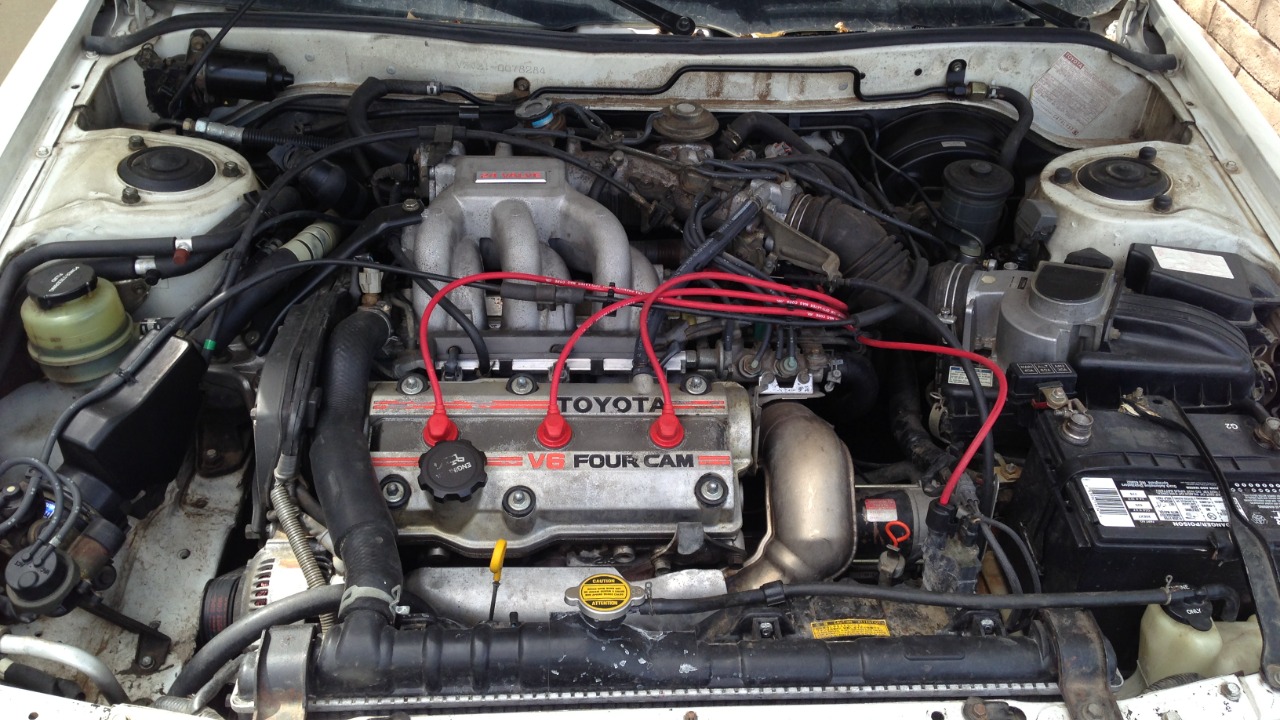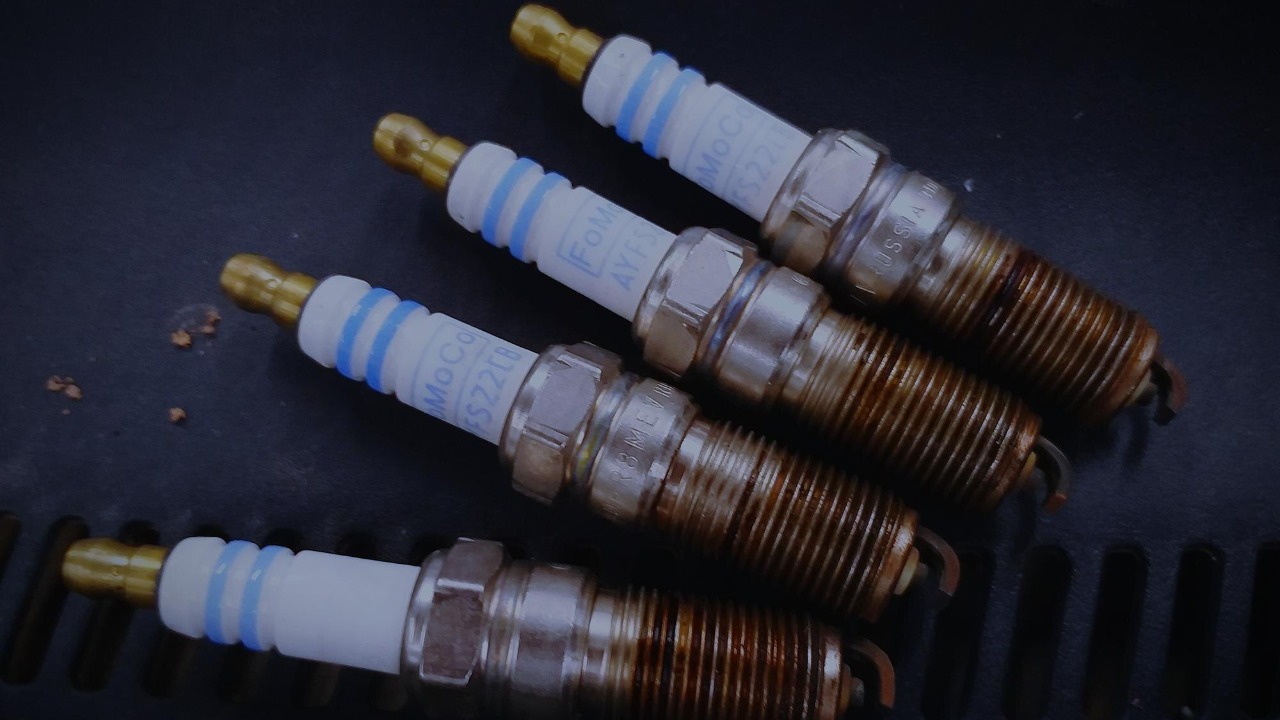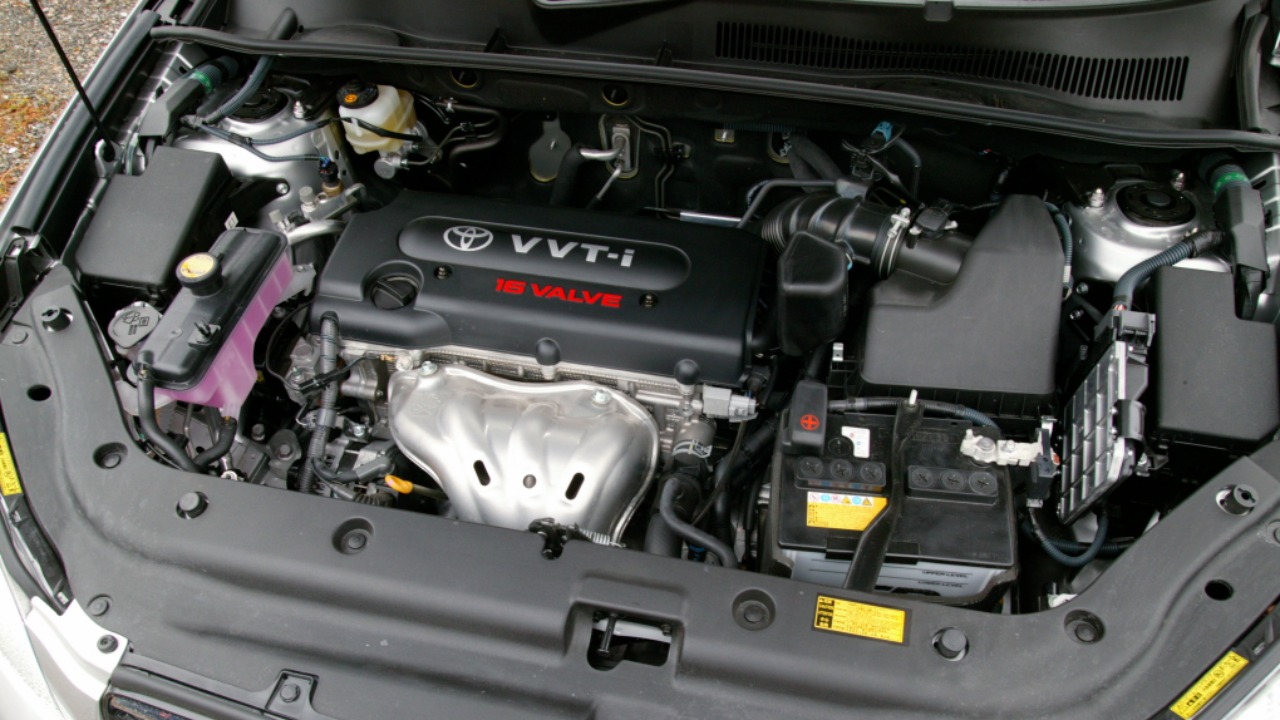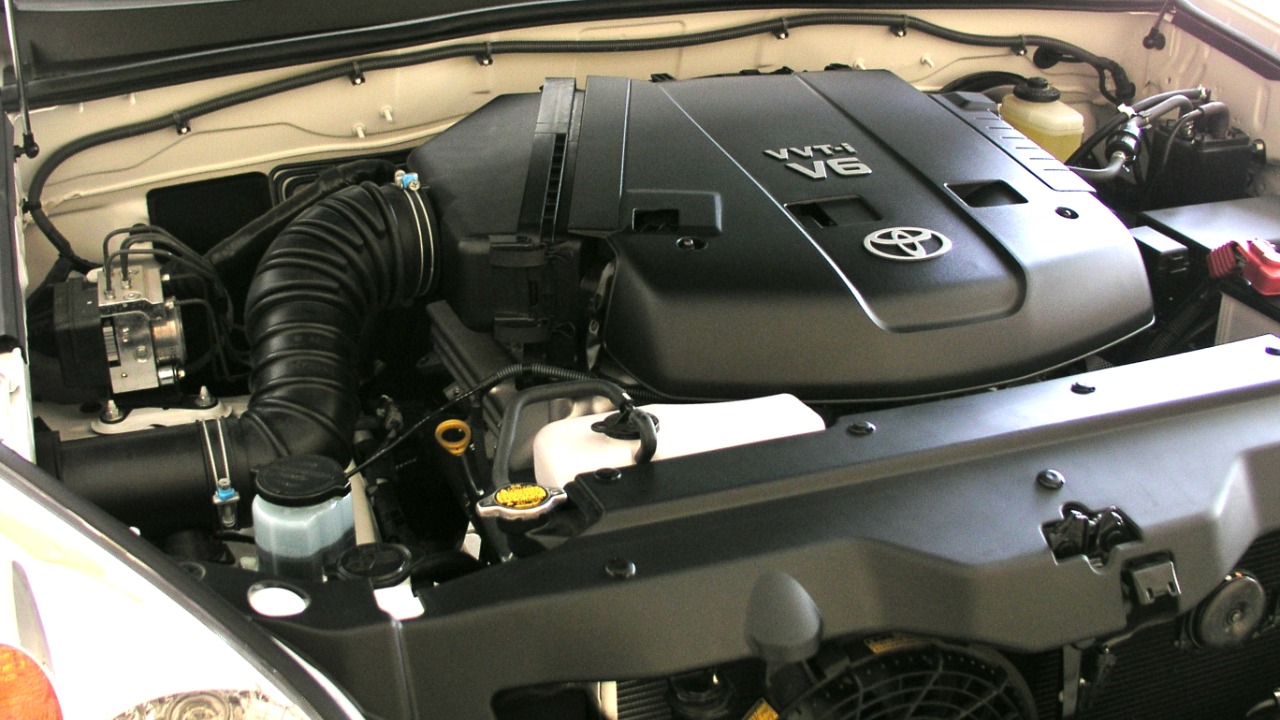
Toyota is gradually phasing out V6 engines in favor of more efficient turbocharged inline-four engines and hybrid powertrains. This shift is evident in recent updates to models like the Camry and Highlander, where the focus is on improved fuel efficiency and emissions compliance. A notable example of the challenges associated with V6 engines comes from a 2017 Toyota Highlander owner who faced a $1,000 quote for a spark plug replacement at just 64,500 miles due to the engine’s complex design. This transition aligns with broader industry trends, as Toyota models are consistently ranked among the most affordable to own and operate, thanks to these efficiency-driven changes.
The High Cost of V6 Maintenance

The labor-intensive nature of maintaining V6 engines is a significant factor in Toyota’s decision to move away from them. For instance, the 2017 Toyota Highlander requires the vehicle to be lifted and components removed just to change the spark plugs, resulting in a $1,000 dealership quote at 64,500 miles. This complexity not only increases maintenance costs but also deters long-term ownership, despite the initial performance appeal of V6 engines. In contrast, inline-four or hybrid setups often allow for easier top-side access, reducing service times and costs. This simplicity contributes to Toyota’s reputation for low ownership costs, as highlighted in affordability studies that consistently rank their vehicles among the cheapest to own and operate [source].
Over time, the expenses associated with V6 repairs can accumulate, making them less attractive to consumers who prioritize cost-effective ownership. The labor-heavy maintenance requirements of V6 engines, such as the spark plug replacement in the Highlander, exemplify the hidden costs that can arise. These factors contribute to Toyota’s strategic shift towards more efficient engine options that promise lower long-term costs and align with consumer preferences for affordable and reliable vehicles.
Industry Shift Toward Efficiency

Toyota’s pivot to turbocharged four-cylinder engines is driven by the need to deliver comparable power to V6s while meeting stricter global emissions standards. These engines not only improve fuel economy but also help Toyota comply with regulatory pressures such as the Corporate Average Fuel Economy (CAFE) standards. The integration of hybrid technology further supports this transition, as seen in updated models that combine electric assistance with smaller engines to reduce fuel use and lower operating costs [source].
Hybrid systems offer a compelling alternative by enhancing efficiency without sacrificing performance. This approach aligns with Toyota’s broader strategy to maintain its reputation for producing vehicles that are both environmentally friendly and economical to own. As regulatory demands continue to evolve, the viability of V6 engines diminishes, making the shift to more efficient powertrains a logical step for Toyota and the industry as a whole.
Model-Specific Changes in Toyota’s Lineup

The 2017 Toyota Highlander serves as a case study for why newer models are moving away from V6 engines. The high cost of maintenance, such as the $1,000 spark plug replacement, underscores the benefits of transitioning to turbo or hybrid options. This change is not limited to the Highlander; the Toyota Camry has also evolved, shifting from V6 to turbo four-cylinder engines in recent redesigns to balance performance with efficiency [source].
Similarly, SUVs like the RAV4 have embraced hybrid technology, reflecting Toyota’s commitment to offering vehicles that align with consumer demand for low-cost ownership. These updates are part of a broader trend within Toyota’s lineup, where the focus is on integrating advanced technologies that enhance both performance and efficiency. By prioritizing these changes, Toyota continues to lead the market in producing vehicles that are both practical and economical.
Why This Transition Makes Sense for Consumers

Moving away from V6 engines significantly lowers total ownership costs, a key reason why Toyota vehicles frequently top lists of the cheapest cars to own and operate. The improved mileage and simpler repairs associated with turbocharged four-cylinder and hybrid engines contribute to this affordability. Performance parity is also maintained, as turbo fours can match the torque of V6s while avoiding issues like the labor-heavy spark plug access seen in older V6 Highlanders [source].
Long-term reliability gains from hybrids further enhance Toyota’s reputation for durability. By reducing mechanical wear, hybrids offer a more sustainable option for consumers seeking vehicles that are both reliable and cost-effective. This transition not only benefits individual consumers but also supports Toyota’s broader goal of maintaining its position as a leader in producing vehicles that are both environmentally friendly and economical to own [source].